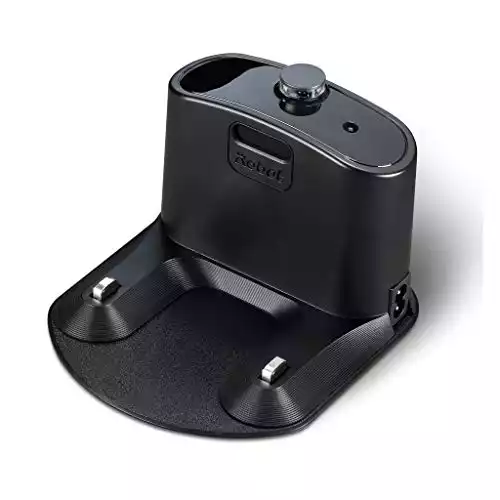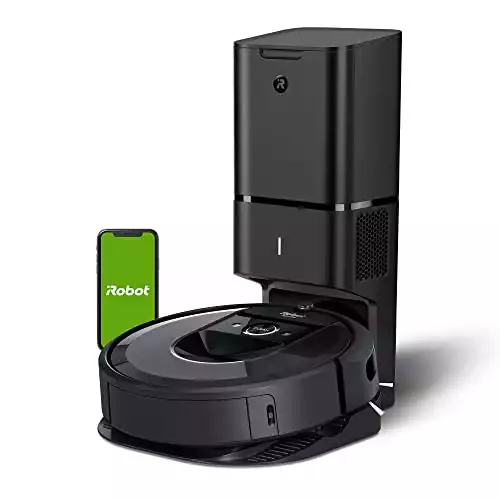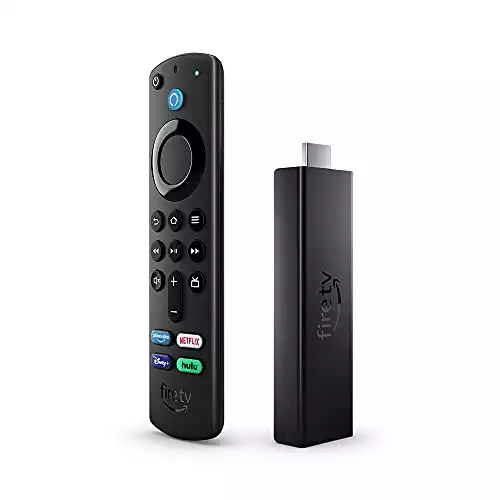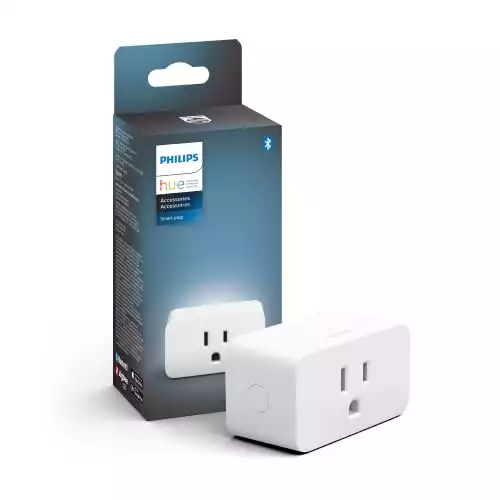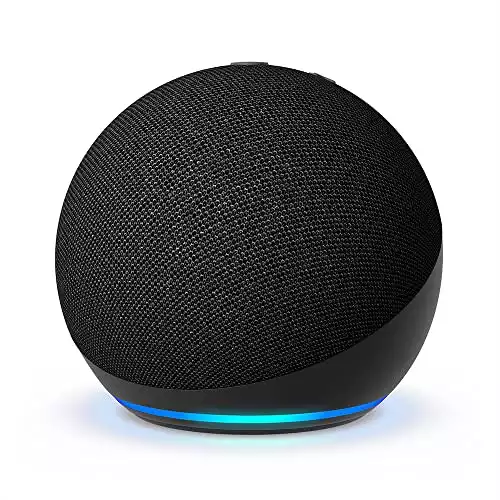This page may contain affiliate links. Please read my disclosure for more info.
Roombas are game-changers for keeping your smart home neat and tidy. Aside from emptying them every few days, there’s very little maintenance required for these powerful machines. However, when your Roomba won’t charge, all of that convenience quickly fades away.
In this article, we’ll detail several quick fixes for issues with Roomba not charging. We’ll start off with some easy, free solutions, leaving the harder and more expensive options only as a last resort.
1. Test the Power Outlet
Every apartment has that one outlet that, for whatever reason, just doesn’t seem to work right. Sometimes it’s completely busted. Other times, it’s just controlled by an unmarked light switch halfway across the room. Either way, it’s best to check the outlet before debugging your robotic vacuum itself.
Along with the charging lights on your Roomba, the charging base has an indicator light that will show you whether it’s receiving power from the outlet.
The light may not be on constantly, but it should turn on when you first plug in the base or when your Roomba first docks with the base.
If the light is off or blinking, you may need to try a different outlet. You can also test your outlet with an outlet tester, a lamp, or any simple electronic device.
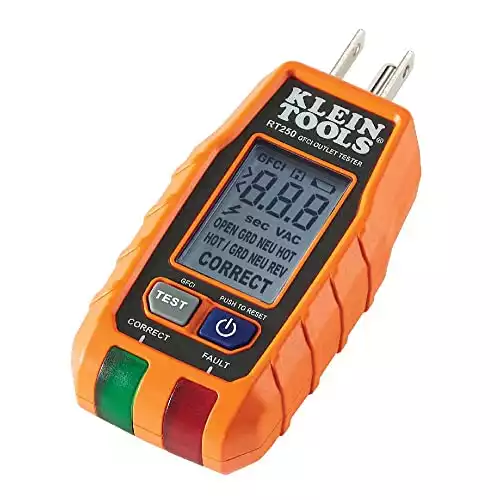 Klein Tools RT250 GFCI Outlet Tester with LCD Display, Electric Voltage Tester for Standard 3-Wire 120V Electrical Receptacles
Klein Tools RT250 GFCI Outlet Tester with LCD Display, Electric Voltage Tester for Standard 3-Wire 120V Electrical Receptacles
If the outlet is working and your docking station isn’t, you can always buy a replacement dock. They’re a lot cheaper than replacing your Roomba itself. You can find the 500, 600, 700, 800, and 900-series dock here, the i-series dock here, and the s-series dock here.
2. Clean the Charging Contacts and Sensors
At this point, we know that the outlet and the charging dock are working. It’s time to check the connection between the dock and your Roomba.
In order to dock properly, your robot vacuum needs two things:
- The charging contacts need to form a clean connection with the contacts on the charging dock.
- The infrared lights and proximity sensors have to detect and align with the docking station.
The charging contacts are easier to get to, so we’ll start there. Flip your Roomba over and look for the two metallic rectangles just in front of the battery compartment. Use a dry microfiber cloth to gently wipe any dirt off the contacts. If they still look grimy, you can further clean them with alcohol wipes.
To get to the lights and sensors, you’ll need to open the front bumper of your vacuum. Wipe them off gently with a dry microfiber cloth and use a compressed air can to remove any dust that you can’t get to with the cloth.
3. Clean the Charging Dock
Your charging dock isn’t going around picking up dirt, so it shouldn’t need to be cleaned nearly as often as the vacuum. That being said, it will still gather dust over time, and that dust can block the sensor window.
There’s a shiny window that extends as a stripe around your charging dock. That’s where the dock’s sensors are, and it needs to be clean of dirt for your robot vacuum to properly locate and align with the dock.
You don’t need to expose the sensors themselves during this cleaning process. Just take your microfiber cloth and wipe off the sensor window. You can use alcohol wipes if the cloth isn’t picking up all of the dirt.
4. Check the Charging Port Contact Springs
The charging contacts on your vacuum connect to two metal pins on the charging dock, both of which are spring-activated. If these springs fail, your vacuum won’t maintain a good connection with the dock. In that case, your Roomba vacuum won’t charge and may not even settle into the dock.
Check the springs by pressing the metal pins with your finger. If they don’t spring back into place, you’ll need to replace your charging dock.
5. Manually Dock Your Vacuum
Sometimes, it’s easiest just to skip right to the point and dock your Roomba vacuum yourself. This is especially helpful if the battery is completely dead to the point where the machine can’t even attempt to find its dock.
Place the vacuum directly on the charger, with the bumper facing toward the dock. You need to ensure that the charging plates are properly aligned with the contacts on the dock. If you’ve placed it correctly, the front of the Roomba should be about 1/2 inch from the vertical portion of the dock.
If the battery is completely dead, you’ll have to wait several minutes for the Roomba to register that it is charging. When that happens, the blue light will start to flash, signaling that your part of the task is complete. If the light is green, you’ll need to wiggle the machine back into place.
You’ll still want to wait for the machine to charge completely before you use it again. If the connection is lost prematurely, you may have to restart the process.
6. Reboot Your Roomba
So far, we’ve tried fixing your Roomba’s hardware or accessories. But the problem could be with the software instead.
Fortunately, rebooting a Roomba is quick, easy, and relatively painless. You won’t even lose your device settings.
Follow the instructions below for your Roomba model. Once it’s done, you’ll need to go through the pairing and Wi-Fi setup process again. After that’s done, try charging your Roomba as normal.
Reboot newer Roombas (s series and i series)
- Press and hold the clean button for 20 seconds.
- Release the button once you see a clockwise swirl appear on your Roomba’s indicator light. This light indicates that the reboot process has started.
- Wait for the swirling light to stop, indicating that the reboot process has finished.
Reboot older Roombas (700 series, 800 series, 900 series)
- Press and hold the clean button for 10 seconds.
- Release the button when you hear a tone playing. This tone indicates that the reboot process has started.
- Wait for the tone to finish, indicating that the reboot process is done.
You may also want to try a factory reset if that didn’t work. I’m going to direct you to my guide on how to reset Roomba for that, as the process is somewhat more involved.
7. Reconnect the Battery
Before we start looking at replacements, let’s make sure the battery is securely connected to your Roomba.
- Flip your vacuum over.
- Remove the side brush.
- Unscrew the 4–5 screws around the bottom edges of the Roomba and remove the cover.
- Press the release tap and pull out the battery.
- Push the battery back into its slot. For newer models, be sure to align the channels and listen for a click once the battery is securely connected.
- Return the cover, screws, and side brush to your Roomba.
Now, you can try pressing the dock button again or manually docking the vacuum.
8. Replace the Battery
Roomba batteries last about two years under typical usage. If you’re trying to count how many years it’s been since you bought your robot vacuum, there’s a good chance the battery needs to be replaced.
Make sure you buy a battery pack that is compatible with your Roomba model. This one works with the Roomba 600, 800, and 900 series. And this one works for the i-series and e-series Roombas.
Once you have the new battery, just follow the same steps that you used to check the battery. But when you remove the old one, replace it with your newly bought battery. Be sure to dispose of the dead one properly, remembering that it is a lithium-ion battery.
9. Contact Roomba Support
Before you get out your wallet, you should contact Roomba to see whether you can get your vacuum serviced or replaced under warranty. Make sure you have the receipt ready, as they will ask for it.
Unless your vacuum is relatively new and well-maintained, you probably won’t be getting a free replacement. Still, it’s worth the quick phone call to try.
10. Get a Replacement Vacuum
Hopefully, one of the previous steps fixed your problem. Most Roombas should last at least 4–6 years, assuming typical usage and good maintenance, but even the best machines die eventually.
There are several Roomba vacuums to choose from, but here are a few of my top picks:
- Small homes with little foot traffic can get away with the budget models like the Roomba 694.
- Medium-sized homes likely require a Roomba i3 for minimal dirt or a Roomba i3+ for medium-to-heavy amounts of dirt and dust.
- Large homes usually need the advanced mapping features and auto-empty bin of the Roomba i7+.
- Homes with multiple shedding dogs could benefit from the improved design of the Roomba S9+.
You could also look at how Shark vs Roomba robot vacuums compare. Roombas can be good for those with dust sensitivities, but Shark’s mid-range vacuums have a lot of smart cleaning features (like single-room cleaning and smart map memory) that Roomba only includes on their higher-end machines.
What’s Next?
To avoid future issues with your vacuum, check out my Roomba tips and tricks. Along with maintenance tips, I’ve also compiled guides on using a Roomba on multiple floors and preventing your Roomba from getting stuck under furniture, in case you’re dealing with either of those dilemmas.
Roombas are a huge time saver, but vacuuming isn’t the only household task that robots can help out with. Robot mops can be worth buying for some households, especially if you’re dealing with a lot of spills. You can even coordinate both robots through a cheap Alexa setup, giving your home a real Jetsons feel.
|
N/A
|
$34.99
|
$49.99
|

Zachary has spent 12 hears in the tech industry focusing on automation, analytics, and cybersecurity. His passion is tech education; he uses his industry expertise and STEM PhD to break down complicated concepts into simple step-by-step guides. When he’s not writing or coding, you can find him binging anything Star Trek or Marvel or reading far too many sci-fi novels.

